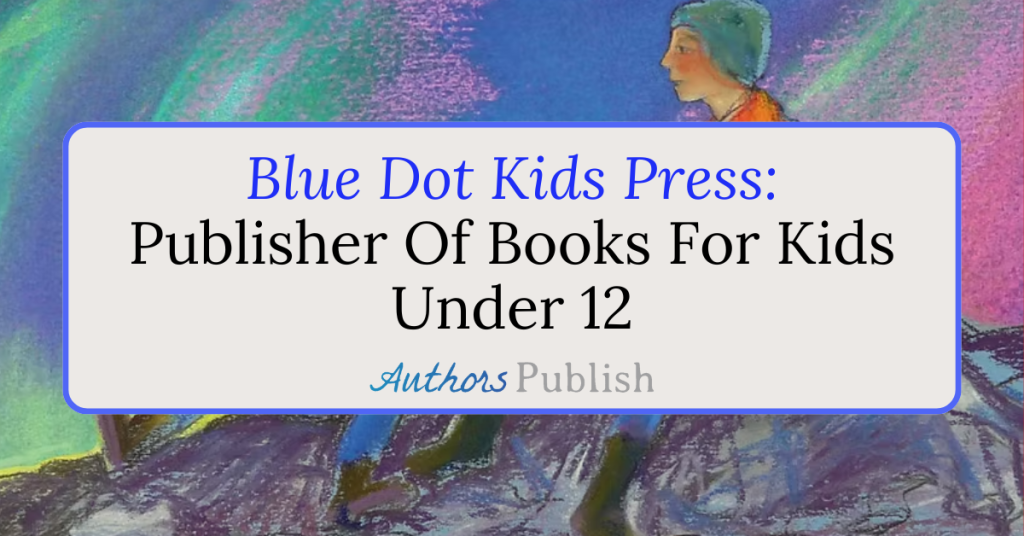By Emily-Jane Hills Orford
Tired of the usual book signing event at the big box bookstore? Tired of sitting around waiting for an avid reader to show some interest in your display and perhaps even purchase an autographed copy of your book? Perhaps the big box bookstores aren’t the best option for launching your books. Have you considered setting up a stall at a local farmer’s market? Or even an arts and craft fair? Without the competition of multiple books by multiple authors, this might open the door to multiple sales and introduce you to a wider reading audience. I gave it a try ten years ago, and I see more authors doing this now than before. After all, when you think of it, your books fall within the categories of farmer’s market vendors and arts and crafts market vendors. Why? Because you created what you’re selling.
We all want our chance in the limelight, the opportunity to showcase our work, our cherished published book(s). Setting up a table at the local big box bookstore is the ideal setting to lure in readers. A vibrant display, perhaps even large presentation or display boards to highlight our image and the image of the book we’re currently promoting, will surely attract the general public. The big-name authors do it all the time and their fans line up for hours for that special, autographed first edition. But here’s the thing: we’re not all big-name authors. At least, not yet. So, setting up shop for hours in a bookstore, large or small, after doing everything within our power to advertise and get the word on the street, is like entering a lottery. The odds of your one book standing out amongst thousands of already established best-sellers is like buying a ticket in the next jackpot draw. Simply put there’s too many books, too many authors, and too much competition. It’s the same situation if you rent a table at a big book fair. What you need to get yourself and your book recognized is a venue that doesn’t normally showcase authors. Like a farmer’s market, or even an arts and crafts market.
I can’t claim the idea of showcasing my books in this venue as exclusively my own. After moving to the country, I connected with another author friend who lived nearby. She’d successfully launched her recent book at the local farmer’s market and encouraged me to try the same. I did. And it was a great success. Not only did my recent book sell well, but so did my earlier publications. That was only the beginning for me. I signed up with the local farmer’s market for the remainder of the summer. Some weeks were better than others, but overall, I did very well. The following year, I tried a different farmer’s market.
As Christmas approached, I tried another venue: the local Christmas arts and crafts markets. There was a fee to rent the space, but that was quickly made up for with the number of sales I made. I don’t go for the big markets that require an exorbitant space rental fee plus an exorbitant amount of insurance for my space, my products and liability for my potential customers. I find customers, especially those interested in my books (and other local authors, too), are more likely to attend the smaller markets than the big ones which usually require an admission fee.
Some things to consider when planning a farmer’s market or arts and crafts market appearance:
- Farmers’ markets are traditionally held outdoors, though some do have indoor venues instead of or as well as the outdoor setting. Make sure you have sufficient cover, plastic sheeting to cover your books and a tent or canopy for more coverage. If an indoor setting is available, go for that, even if the space rental fee is a little more, it’s worth it. If there’s one thing you can never predict it’s the weather.
- I keep my books in large plastic tubs and have only one copy on display – this is always my display copy and I only sell if all the copies in the tubs sell out. The plastic tubs provide additional protection if you’re assigned an outdoor space and the weather turns nasty.
- Make your setup appealing. If you must bring your own table, don’t use a card table. For one thing, it’s too low as it’s meant for use when people sit around it. I have a long folding table which packs up for easy transport and makes a good surface (at a good height) for displaying my books. I cover it with a colorful tablecloth to make it look attractive. And I don’t just lay the books flat on the table. I’ve purchased book stands to add a three-dimensional display and I also have a shelf that I place on the table. This brings in those potential customers who might otherwise just walk right past your table.
- Poster board displays of your books always attracts interest. And make sure you have business cards ready to hand out in case someone shows interest but doesn’t want to buy right away.
- On the financial side of things, be prepared to accept multiple methods of payment. I accept cash, cheque, or e-transfer (which they do on the spot and show me the transaction). Cheques are a little riskier, but I figure it’s a risk worth taking if I get my books into a reader’s hands.
Be prepared to stand all day, to talk to people who hover near your table and, always, be pleasant, even when you get the blasé response, “I don’t read.” People who attend these markets love to chat and visit; not everyone will purchase your books, but they’ll all listen intently to your stories. And, who knows? Somewhere down the line, these intent listeners may pass on your information to other potential readers. Word of mouth.
The adventures of using these venues for promoting your books far outweigh the ideal of being a superstar in a big box bookstore. That’ll come; at least, we all hope it will. Until we reach that pinnacle of success, our main goal is to get our books into the hands of readers. And this is one way to successfully do just that.
Emily-Jane Hills Orford is a country writer, living just outside the tiny community of North Gower, Ontario, near the nation’s capital. With degrees in art history, music and Canadian studies, the retired music teacher enjoys the quiet nature of her country home and the inspiration of working at her antique Jane Austen-style spinet desk, feeling quite complete as she writes and stares out the large picture window at the birds and the forest. She writes in several genres, including creative nonfiction, memoir, fantasy, and historical fiction. http://emilyjanebooks.ca






